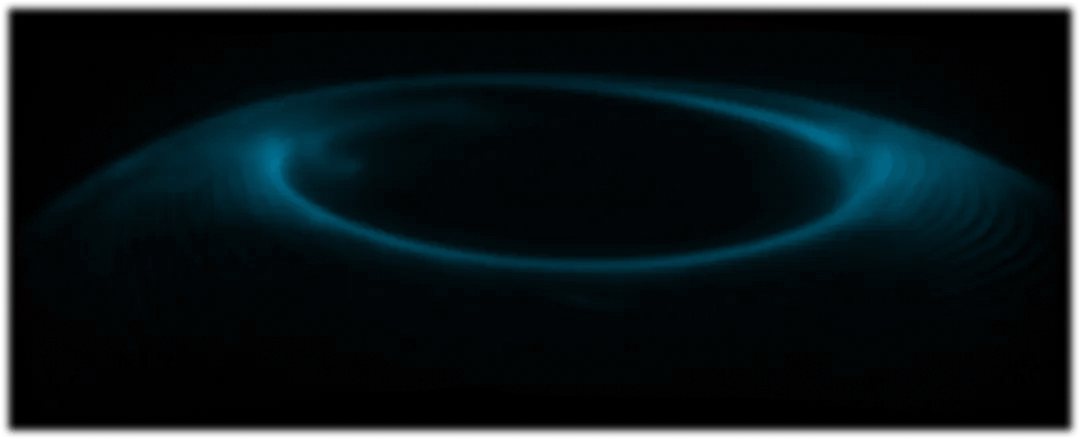We are continually asked this question and so we thought it would be a good idea to jot down some ideas on where our clients are integrating the AdFixus ID now that they have it deployed.
(1) Measurement improvements in analytics
GA4
- Cross-domain tracking config updates per your initial audit recommendations
- Include AdFixus ID as a custom dimension into GA4 and set up side-by-side comparison reporting with AdFixus ID vs. non-AdFixus ID.
- Evaluate replacing GA Cookie ID with AdFixus ID.
- Overall, expect data improvements to illustrate:
- Reduce ID bloat
- Improved granularity of Safari visitor tracking
- Ability to execute time-based longitudinal reporting to see user journeys over time without cookie expiry restrictions
- Improved cross-domain visibility
(2) Facebook Ads
- Include AdFixus ID as an "external ID" parameter in Facebook pixel events as described in the Meta documentation
- Likewise, do the same for Meta CAPI (if being used). Or recommend usage of CAPI alongside client-side pixel tracking. "External ID" parameter can also be used here as described in the CAPI documentation.
(3) Google Ads
- Evaluate usage AdFixus ID as the "user_ID" parameter into Google Ads as described in this documentation.
- Ideally, a stable "CDP ID" would be used here - however, when the client doesn't currently have a CDP so this would not be possible.
- We believe that there is limited value in sending only hashed PII as the User ID parameter and they would be better served with the AdFixus ID. Especially because what Google is doing is linking that User ID value with a Google Cookie and then matching that against their internal ID sync database for measurement and targeting optimisation.
- Alternatively - consider sending User ID lists into Google Ads via API with hashed PII. But expand the knowledge of hashed PII by querying and matching in BQ. Basically, for a given AdFixus ID see if you can increase the number of Hashed PII IDs you can send into Google Ads.
(4) Microsoft Ads
Microsoft Ads do not explicitly document a method to override their default auto-generated cookie IDs and user IDs. However, they do provide a documented method to send hashed PII for "enhanced conversions".
- Override the auto-generated Microsoft Ads IDs with the AdFixus ID. List of IDs is documented here.
- Look at using AdFixus ID directly or indirectly to augment the MS click ID ("MSCLKID"). This is documented here and here.
- Test using AdFixus ID as a UID parameter passed in for "enhanced conversions".
(5) Unknown to Known Audiences - working with CDPs
- Adobe - RT-CDP – https://www.adfixus.com/integrations/integration-adobe-experience-platform-cdp-and-adfixus
- Optimizely - https://www.adfixus.com/integrations/integration-optimizely-data-platform-cdp-and-adfixus
- Tealium - https://www.adfixus.com/integrations/integration-tealium-audience-stream-cdp-and-adfixus
- mParticle - https://www.adfixus.com/integrations/integration-mparticle-cdp-and-adfixus
(6) Adobe Analytics
- Set the AdFixus ID as a “Visitor ID” into Adobe Analytics as described here.
- Override the existing “MID” (AMCV_cookie) with the AdFixus ID as described here.
- Ingest the AdFixus ID into Adobe Analytics as an eVar or prop for custom reporting purposes.
Check back here continually for more ideas as we build out these use case and integration points.
Also make sure you check out our Integrations Hub - https://www.adfixus.com/integrations
Need more help?
Not all businesses have the skills and/or resources to undertake the integrations listed above - or may have other solutions / use cases that they are looking to develop.
If you are looking for assistance, or lookng for a wider engagement we recommend the team at Civic Data - adfixus@civicdata.com.au













